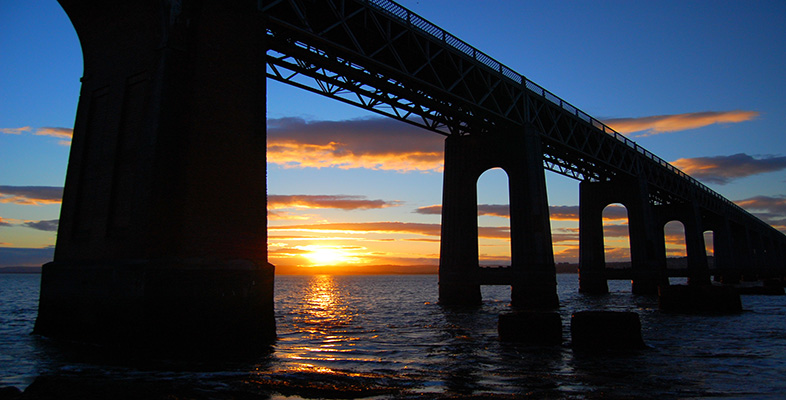4.10 High girders and the train
Divers found the high girders lying on their sides in the shallow water of the river bed a short distance away (Figure 22), within which the almost intact remains of the train itself was found. No bodies were recovered because they had all been washed away by the river or tide. Although bodies were recovered in the months that followed, some 29 victims were never found.
Most of the train was lying inside the fifth span of the high girders, counting from the south side left standing (Figure 38). The horizontal distance between the girders and the edges of the plat forms varied between 16 feet and 51 feet; the fifth span lay between 21 feet and 39 feet from the adjacent platforms. As the piers were 88 feet high, they cannot have simply toppled over, but must have collapsed in a more complex way.

When the locomotive was raised from the river bed it was found to be little damaged, externally at least, and the regulator was fully open, the reversing lever was in the third position from mid-gear and the brakes were fully off. This is the normal position for the controls when an engine is up to speed, and the driver could therefore have had no warning of the impending disaster he faced.
On further investigation, the engine was found to be little damaged, and after repair it was later to return to service, being nicknamed The Diver. Most of the damage was confined to the sides of the train, being most severe to the carriages, which were made from wood. The last two carriages had been reduced to matchwood. The axles of the brake van and the carriages were all bent.
